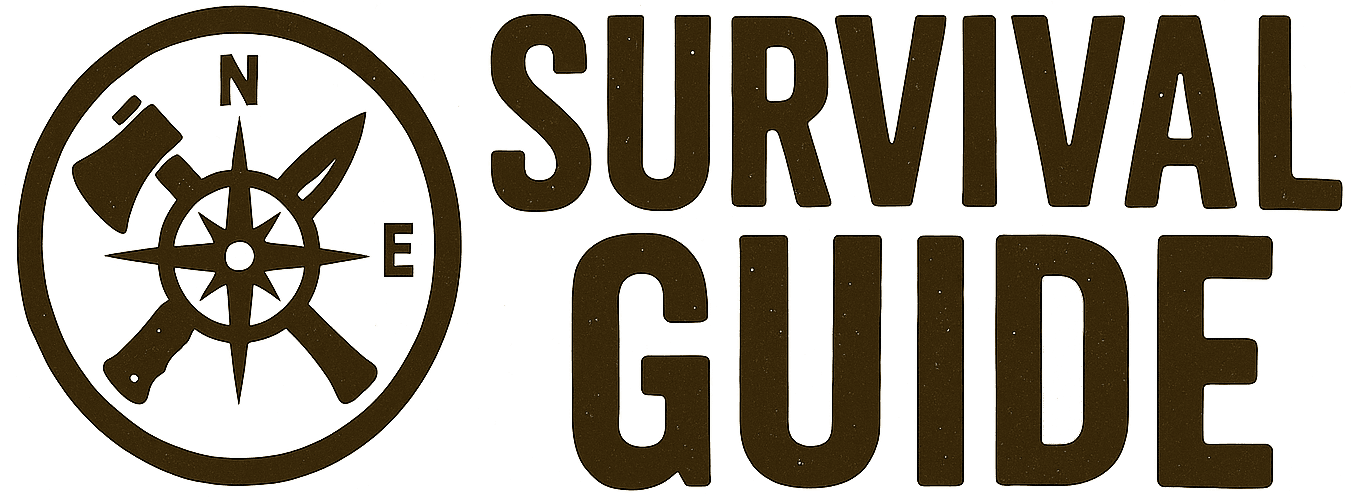When the grid goes dark and the shelves are stripped bare, food will become the first thing people fight over. Those who planned ahead will eat. Those who didn’t will starve—or worse. In this guide, I’ll show you how to build a reliable stockpile of emergency rations that can keep you and your family alive when modern supply chains collapse.
This isn’t about grabbing a few tins of beans and hoping for the best. It’s about building a calculated, sustainable reserve of calories, nutrients, and morale-boosters—because survival isn’t just about eating; it’s about staying human when everything else falls apart.
Why Emergency Rations Matter
Most households have less than three days of food. Supermarkets carry only enough stock to last 48 hours once panic buying begins. A fuel strike, cyber-attack, or mass power outage could empty shelves faster than you can blink.
Prepping isn’t paranoia; it’s insurance. You wouldn’t drive without a spare tyre—so why risk your life without a spare pantry?
What Makes a Good Emergency Ration?
The perfect emergency ration is:
- Long-Lasting – Minimum 12 months shelf life (ideally 5–25 years with proper packaging).
- Calorie-Dense – 2,000+ calories per day per adult.
- Easy to Store – Compact, lightweight, no refrigeration.
- Quick to Prepare – Little or no cooking required, especially when fuel is scarce.
- Balanced – Provides fats, proteins, carbs, and micronutrients to avoid fatigue or malnutrition.
If it can survive rough handling, temperature swings, and a lack of utilities, it earns a place in your stash.
The Core Emergency Ration Foods
Here’s what every serious prepper should stockpile first:
1. Rice and Pasta (Base Calories)
- White rice stores for decades if sealed with oxygen absorbers.
- Pasta lasts 5–10 years in airtight containers.
- Pair with dried beans or lentils for complete proteins.
2. Canned Meats and Fish (Protein & Fat)
- Tuna, sardines, spam, chicken, and corned beef are all high in energy.
- Avoid relying solely on tins; rotate stock to prevent spoilage.
- Cans can be eaten cold—vital if cooking isn’t possible.
3. Beans and Lentils (Plant Protein & Fibre)
- Dried beans can last 10+ years when stored properly.
- Canned beans are a quick, ready-to-eat fallback.
- Soaking and cooking times need planning, so keep both types.
4. Hardtack and Survival Bars (Compact Energy)
- Old-school sailors lived on hardtack for a reason—it lasts nearly forever.
- Commercial survival bars (e.g., Datrex, SOS, or Millennium) pack 2,400–3,600 calories per brick and withstand extreme conditions.
5. Honey and Sugar (Infinite Shelf Life)
- Pure honey never spoils. It’s a natural preservative, energy source, and wound treatment.
- Sugar fuels energy and morale (don’t underestimate comfort foods).
6. Powdered Milk & Protein Powders
- Essential for children, elderly, and anyone needing easy-to-digest nutrition.
- Store in Mylar bags with oxygen absorbers to prevent clumping.
7. Salt & Seasonings
- Vital for preserving meat and boosting morale when bland rations become unbearable.
Building a Survival Food System (Not Just a Stash)
Your food prep isn’t just a pile of tins—it’s a system designed for survival:
- Short-Term (0–2 weeks): Easy-to-eat foods (cans, bars, snacks).
- Medium-Term (2 weeks–3 months): Bulk staples (rice, pasta, flour, beans).
- Long-Term (3+ months): Freeze-dried meals, Mylar-packed staples, preserved meats, and grains.
Cycle through your stockpile by using and replacing items before they expire—known as the “FIFO” (First In, First Out) method.
How to Store Emergency Rations Properly
Even the best stockpile is useless if it spoils. Follow these rules:
- Cool, Dry, Dark: Keep food below 21°C, away from sunlight and moisture.
- Airtight Packaging: Mylar bags with oxygen absorbers extend life dramatically.
- Pest-Proof Containers: Rodents and insects will chew through plastic. Use food-grade buckets.
- Off the Floor: Store on pallets or shelves to avoid flooding and contamination.
- Inventory Tracking: Mark dates clearly and rotate supplies.
Checklist: Your 30-Day Emergency Ration Starter Pack (Per Person)
- 20kg white rice (sealed)
- 10kg pasta
- 5kg dried beans or lentils
- 30 cans of mixed meat and fish
- 15 survival bars (2,400 calories each)
- 3kg sugar and 1kg salt
- 2kg powdered milk
- 2 litres honey
- Essential spices and vitamins
This base kit provides roughly 2,200 calories per day per adult for a full month.
Don’t Forget Morale Foods
Survival isn’t just about calories—it’s about willpower. Coffee, tea, chocolate, and spices can keep spirits up when the world feels grim. A few luxuries can mean the difference between despair and determination.
Final Word
Civilisation feels solid—until it isn’t. Storms, cyber-attacks, pandemics, or political unrest can flip the switch overnight. If you haven’t built a proper emergency rations system, you’re gambling with your life.
Start today. Stockpile. Rotate. And remember—when the shelves go empty, the prepared don’t panic.

